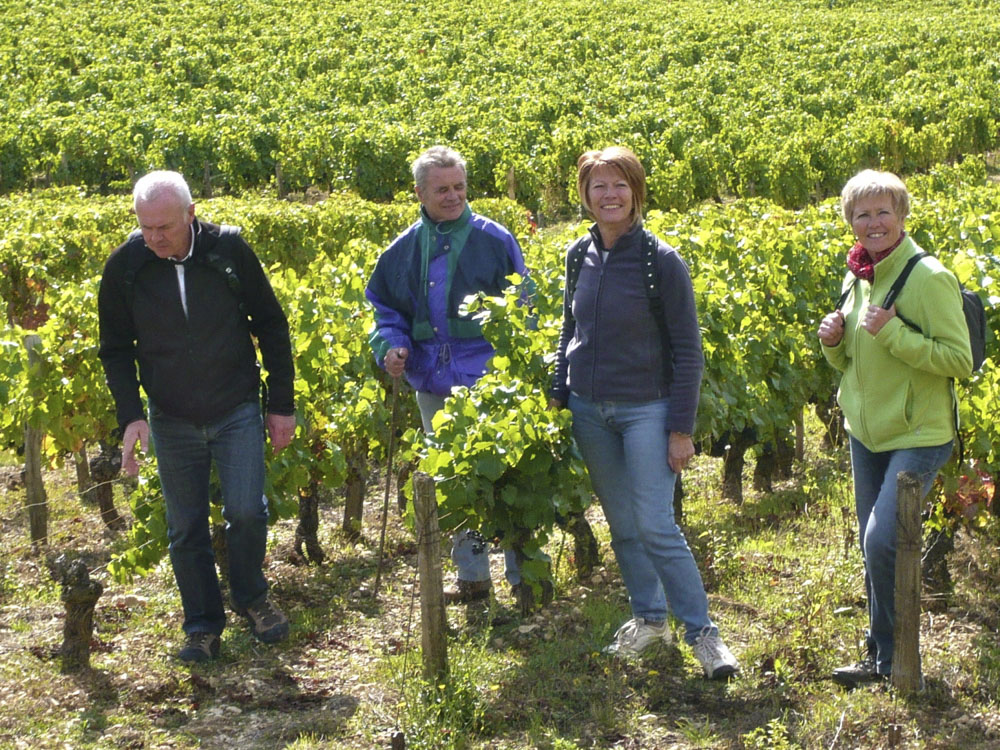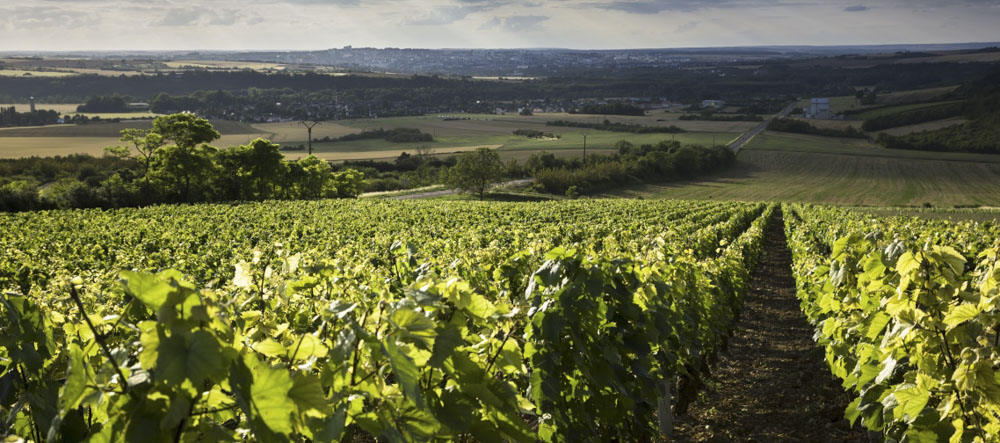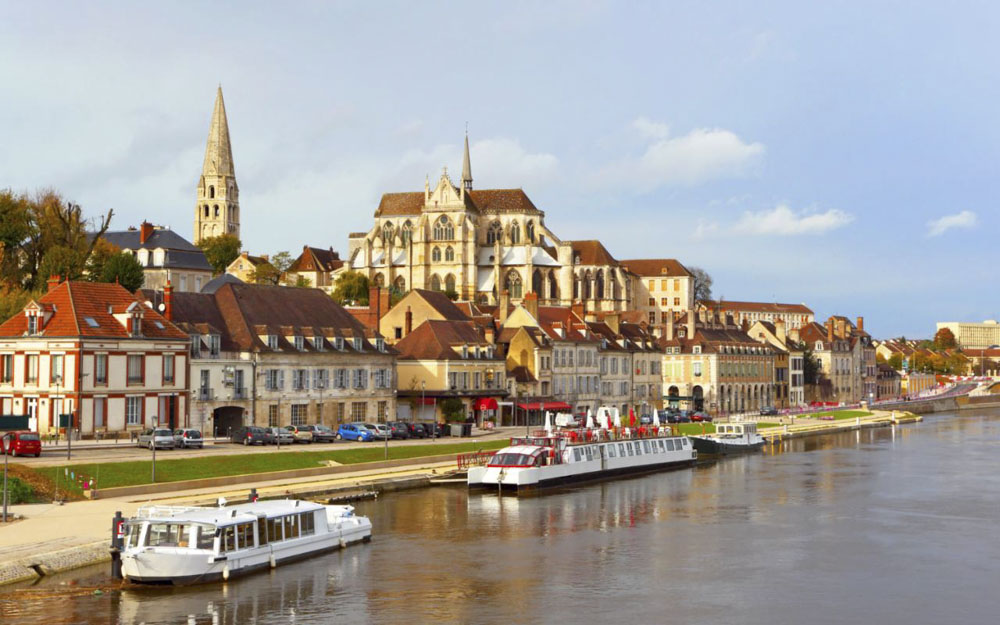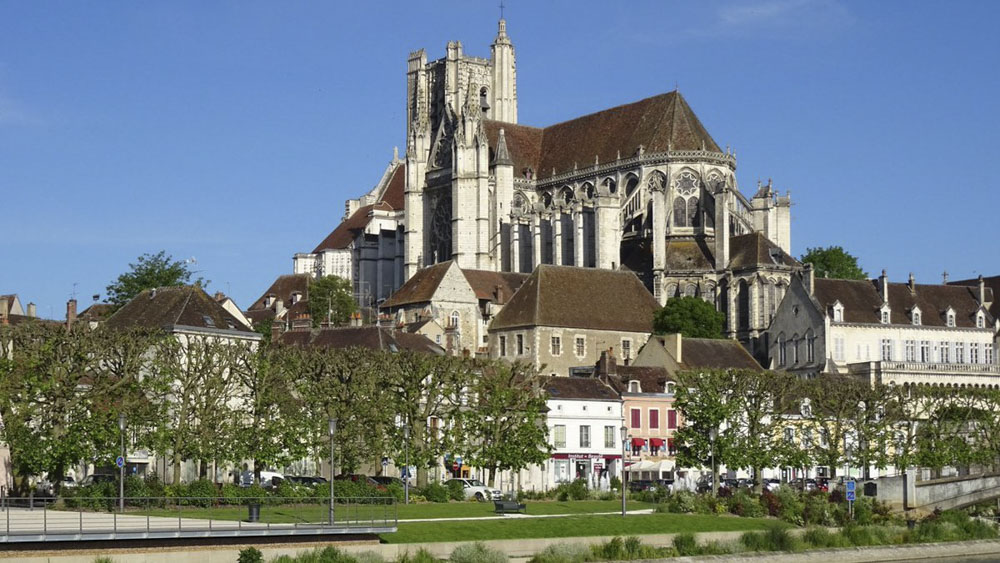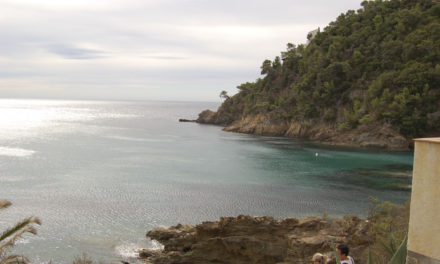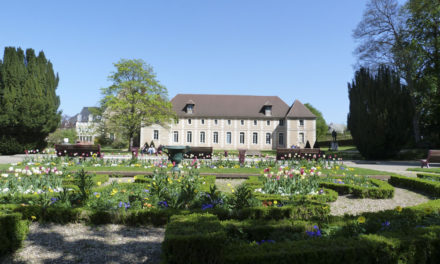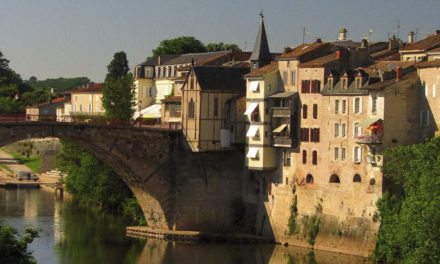Auxerre is located between Paris and Dijon in the Yonnethe town has a prestigious cultural heritage, the legacy of its Gallo-Roman, medieval, gastronomic and winegrowing history.
Positioned at the intersection of land routes and waterways, the city developed on the banks of the River Yonne.
A City of Art and History, filled with many half-timbered houses that add to its charm, Auxerre is divided into distinct neighbourhoods, with so many different atmospheres to discover. Its historic centre is a 67-hectare preserved area.
In the La Marine district, organised around the Yonne, the memory of the river trades is very much alive. In particular, there is a beautiful 16th-century house, formerly owned by a merchant who traded via the river. This district lies at the foot of the oldest monument in Auxerre, the Benedictine Abbey of St. Germain, founded in the 5th century. Its 9th-century Carolingian crypt is adorned with the oldest known mural paintings in France! Meanwhile, the convent buildings house the Auxerre Museum of Art and History and its archaeological collections ranging from Prehistory to the Middle Ages. The 12th-century chapterhouse, the 14th-century cellar, the 17th-century cloister and the 12th-century St. John Tower with its beautiful stone spire are among the vestiges of the past that you can discover when visiting the area.
Near the La Marine district is the Gothic Cathedral of St. Stephen, built from the 13th to the 16th century. Its asymmetric façade and superb stained glass windows contribute to its elegance. In its 11th-century Romanesque crypt, you will be able to admire the famous and magnificent fresco of Christ on horseback.
Not far from there, the typical streets of the L’Horloge district will lead you to the Clock Tower, built in the 15th century on the remains of an old Gallo-Roman castrum. This is the neighbourhood of half-timbered and stone houses, mansions, Renaissance homes and Art Deco buildings. Near the tower is the house of the most famous court bailiff: Cadet Roussel!
Other sights to see are the Churches of St. Peter and St. Eusebius, and the lovely Leblanc-Duvernoy Museum of ceramics. The latter also has a fine collection of 18th-century tapestries from the Beauvais factory.
On Rue de Paris, the 18th-century Visitandines Chapel houses a large collection of polychrome woodcarvings by the artist François Brochet.
The Natural History Museum of Auxerre, meanwhile, has 140,000 natural history specimens that show the region’s biodiversity in the past and present.
In an area with a strong winegrowing sector and significant gastronomic heritage, don’t forget to sample a little glass of Auxerrois wine and one of the Burgundian specialities like gougère or eggs en meurette!

